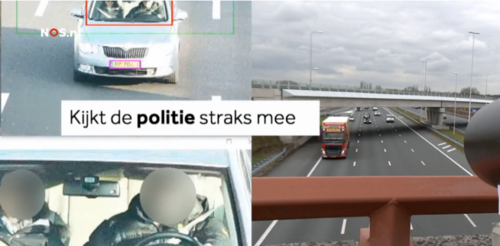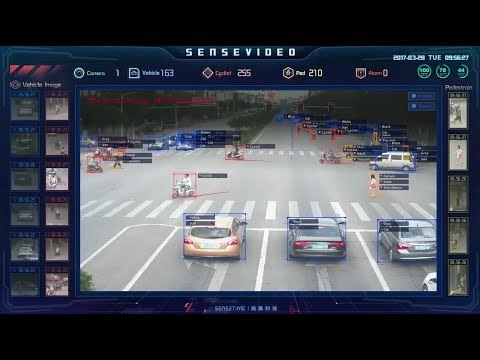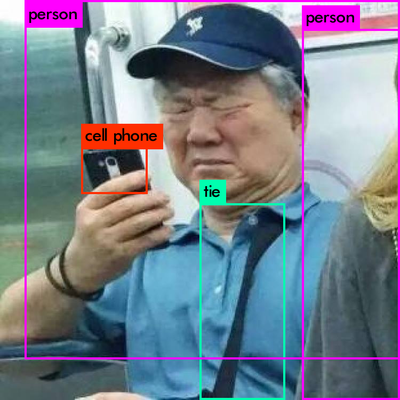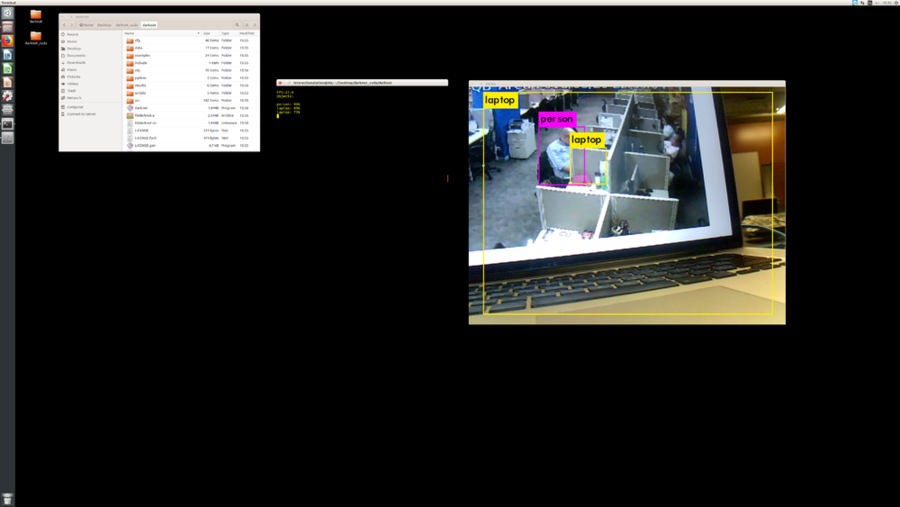Difference between revisions of "Research document graduation"
| Line 42: | Line 42: | ||
The difference between traditional and technical images, then, would be this: the first are observations of objects, the second computations of concepts. The first arise through depiction, the second through a peculiar hallucinatory power that has lost its faith in rules. This essay will discuss that hallucinatory power. - V. Flusser | The difference between traditional and technical images, then, would be this: the first are observations of objects, the second computations of concepts. The first arise through depiction, the second through a peculiar hallucinatory power that has lost its faith in rules. This essay will discuss that hallucinatory power. - V. Flusser | ||
| − | The | + | The Traditional image |
- observation of objects/concepts | - observation of objects/concepts | ||
- depiction of image dependent of rules | - depiction of image dependent of rules | ||
Revision as of 21:40, 28 March 2018
Contents
Forward/Introduction
Abstract
Central Question
How can I insinuate how machines/camera's/humans unasked monitoring what you're doing?
Can the machine see more than humans do? (create a fake world)
Can I built a world where there is no trace of reality? (AR/VR)
Relevance of the Topic
Hypothesis
Research Approach
Key References
Nederland
China
Literature
4-D internet. Het internet wat we nu kennen is natuurlijk online aanwezig maar ook offline. Bijvoorbeeld iets uploaden wat tegen de regels is, waardoor er de volgende dag iemand op de stoep staat. Eten bestellen waardoor er binnen 20 minuten een mens op een fiets voor je deur staat met je eten. Deze manier van leven is het internet niet te ontwijken. Overal is de confrontatie aanwezig. Het internet is niet meer alleen een raam naar de online wereld, maar de hele omgeving is het internet geworden. Dit is hoe het tegenwoordig in elkaar zit, naast dat kinderen in groep 3/4 les krijgen in hun eigen moeder taal wordt het ook noodzakelijk om de taal van de computer te spreken. Lessen in coderen. Ik ben van mening dat dit voor de volgende generatie mensen echt belangrijk is omdat alleen dan deze nieuwe generatie niet onwetend wordt van wat voor kracht de machines in ons dagelijks leven hebben. Als de nieuwe generatie niet door heeft hoe deze machines te werk gaan lijdt dit tot een on
Narrative intelligence.
De mens geeft betekenis aan de wereld door middel van verhalen. Mensen zijn nieuwsgierig naar hoe andere mensen hebben geleefd, en vertellen dergelijke verhalen aan elkaar door.(wellicht met hun eigen interpretatie er bij zodat het verhaal steeds een beetje vervormt.) Om machines betekenis te laten geven aan de wereld zijn er ook veel mensen bezig om machines verhalen te laten lezen, leren te begrijpen en vervolgens zelf verhalen te laten schrijven. Narratief kan er voor zorgen om mensen ergens mentaal mee naar toe te nemen en voor iedereen is dit verhaal in hun hoofd anders. Iedereen geeft een andere kleur, vorm of patroon aan het verhaal, en zo genereert dat voor dat specifieke persoon een eigen werkelijkheid. Narratief kan ook een leiding hebben over iemands leven, denk aan religie waar elk verhaal betekenis heeft hoe men zich zou moeten gedragen. Machines hebben daar geen benul van wat een verhaal kan doen. Eerder haalde ik al the Stanley Parable aan, maar dit geeft in weze de essentie van lezer en verteller. Die grens vervaagt in dat spel, je bent eigenlijk in gesprek met elkaar, niet verbaal maar mentaal. Hierdoor ontstaat er een zeer groot web aan verhaal lijnen die oneindig lijken en door elkaar heen vloeien.
Object detection. The problem is not just about solving the 'what?', it's also about solving the 'where?'
The difference between traditional and technical images, then, would be this: the first are observations of objects, the second computations of concepts. The first arise through depiction, the second through a peculiar hallucinatory power that has lost its faith in rules. This essay will discuss that hallucinatory power. - V. Flusser
The Traditional image - observation of objects/concepts - depiction of image dependent of rules
The Technical image - computations of concepts - image with hallucinatory power, independent of rules
Experiments
COMPUTER VISION
DARKNET YOLO object detection
I used a existed code to learn to understand how object detection works, what kind of database it has and what the possibilities are. This kind of computer vision is used in self-driving cars, army drones, surveillance camera's and so on. It makes predictions based on what's in the database. There are several other databases which you can connect to it. COCO is a library that way more images that this software can use to learn to identify more objects. I tried to get this software in real-time on my computer but unfortunately, my graphic card is too low. (or I did something wrong) So now I'm trying to
Currently I started on a simpeler kind of software, motion detection. It can observe any movement in live camera's or video's. This movement can be detected in great detail, but also in less.
DARKNET NIGHTMARE is actually the same idea of how object detection works, but then backwards. And the output you'll get is really beautiful. The machine reproduce the images, but it look like it's getting editted by a weird photoshop brush. It got eyes everywhere and it looks really dreamy. Nobody expect that this kind of images come out. The idea of letting the computer create their own artworks is really cool. Also you can as user use different segmentation options. This idea of let the computer create their own images is really interesting because
Finally I got the real-time object detection working. I did this on a linux machine, because this one is way faster than my Macbook Pro. So what you can see is that it detects a lot of 'objects'. It's drawing bounding boxes on every object it recognise. Also it gives a percentage of how sure the system is. This data can be used to monitoring a current location in a current time. This kind of technique is being used by the chinese goverment to supervise busy crossroads to check if everyone is obeying the rules. If some people don't, they will be on a blacklist. This idea of monitoring citizens from a western perspective is super weird and guarantees no privacy. This way of monitoring the world is tragically overanxious.
When object-detection becomes a standart it i
https://www.youtube.com/watch?v=aE1kA0Jy0Xg




